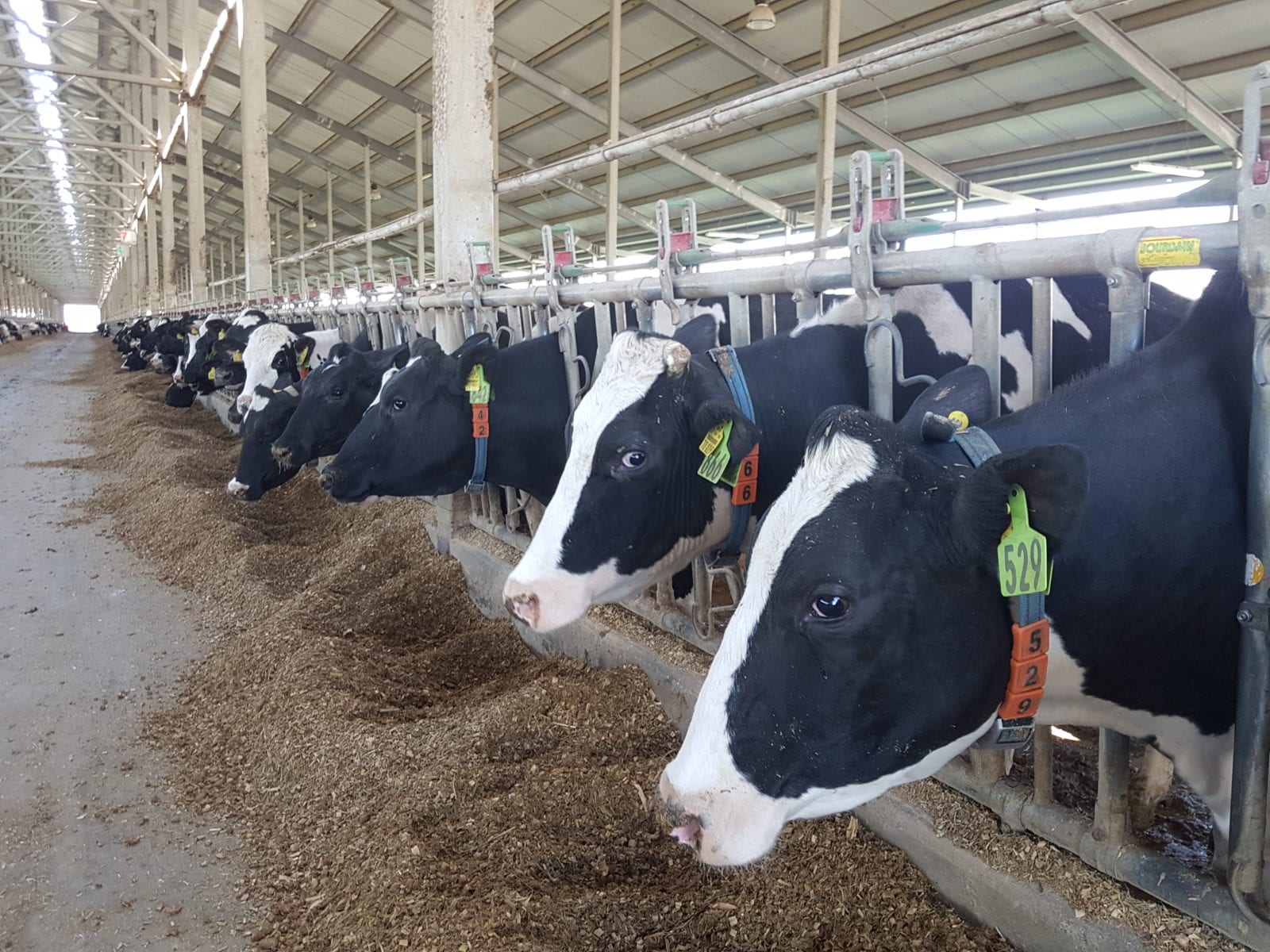Pelleted Soy Hulls are Promoted as High Quality Fiber Feedstuffs to Romania and Bulgaria’s Growing Dairy, Beef and Lamb Fattening Industries
- Category:
- Animal Utilization
- General News

With an upward trend and a positive development, the dairy, beef and lamb fattening industries in Romania and Bulgaria are demanding feed formulated to increase milk quality and speed growth to market weight, providing the animals with essential nutrients, while diminishing production costs.
In the search for better nutrition and alternative feedstuffs, ruminant nutritionists sometimes forget to take soy hulls, a valuable co-product from the soy crushing industry, into consideration. In an effort to increase awareness and develop the market for U.S. Soy ingredients, USSEC has closely followed up with key livestock farmers and feed manufactures from Bulgaria and Romania over the past year to share knowledge and educate nutritionists on the benefits of using pelleted soy hulls, dry extruded full fat soybean meal, and mechanically processed bypass soy protein manufactured from U.S. soybeans and with U.S. technologies.

The growing dairy industry is not the only one needing high quality fiber ingredients. Once raised only in pastures, there is an increasing trend in farming meat lambs under intensive systems and feedlots in the country. The steady growing demand from the Middle East-importing countries for sheep products, gave a push to the Romanian sheep-farming sector. In answer, Romania’s sheep herds currently rank third in the EU, in terms of total number of sheep, and the country is the second largest European exporter of lamb meat after Spain. Over the past few years, the meat and milk from the animals farmed in Romania have been in high demand in Arab countries, particularly in Jordan, where Romania is positioned as the main sheep exporter. Lamb meat from Romania occupies the second place among Jordanians’ preferences, after domestic lamb meat. Therefore, beef and lamb feeds are fast-growing volume products for the feed manufacturing industries in Romania and Bulgaria with the demand for high quality fiber increasing.

“We have worked recently with several dairy, beef, and lamb fattening farms from Romania to test different ruminant feeds formulated with pelleted soy hulls, supplied from the local crusher, Bunge. Although soy hulls are a high fiber ingredient, commercial feeding trials results showed that animals fed with feeds containing high levels of soy hulls had better palatability, less feed wastage, a higher feed intake, excellent growth performances, and better economic efficiency, compared to traditional grain and alfalfa hay diets,” stated USSEC consultant Dr. Iani Chihaia during his presentation at the “Advances in Dairy Breeding and Nutrition” Foreign Agricultural Service (FAS) Roadshow organized at the end of April in Bulgaria and Romania. “On the other hand, the unusual dry spring weather this year and anticipated hotter than normal summer temperatures invites us to look ahead and see what’s in store for the coming seasons. Perhaps this is the perfect time to make sure that your air conditioner still works and by the way, to check if there will be enough feedstuffs for next fall and winter,” Dr. Chihaia added.
Incorporated into the pelleted feed or as whole, added into the total mixed ratio, pelleted soy hulls can be an economical source of non-starch energy feedstuff in ruminant feeds. Either in bulk or as containerized pelleted, soy hulls from U.S. should be a solution to the growing demand for high quality fiber feedstuffs from the Southeastern European countries and beyond.